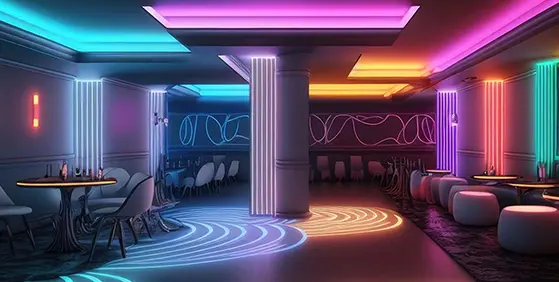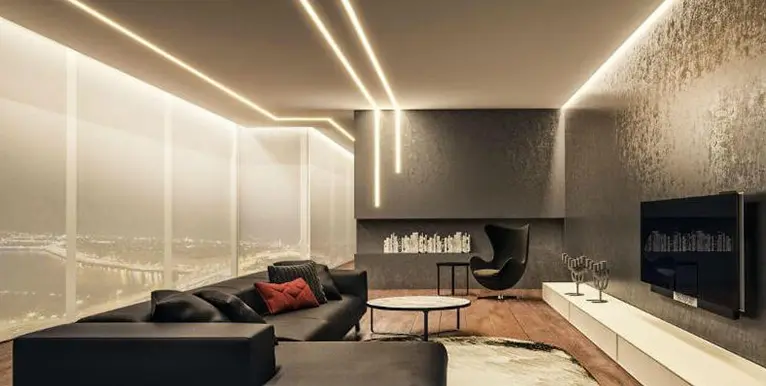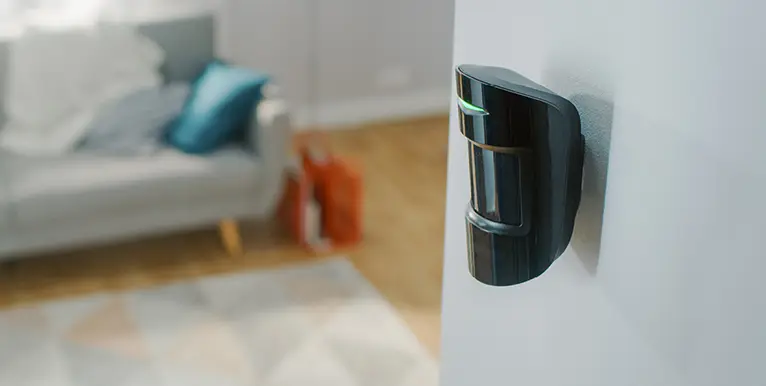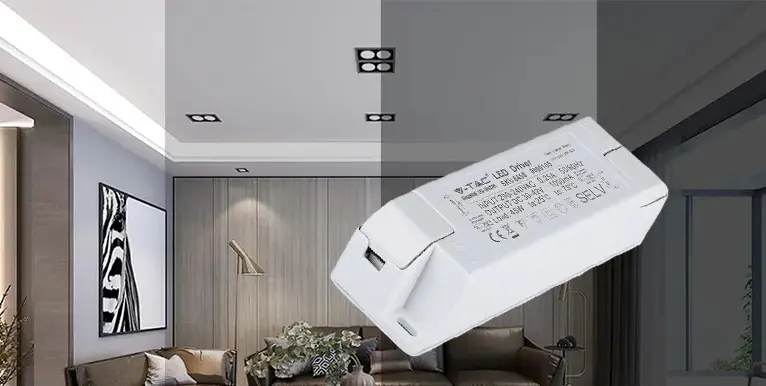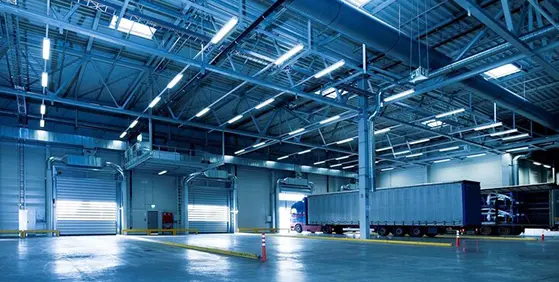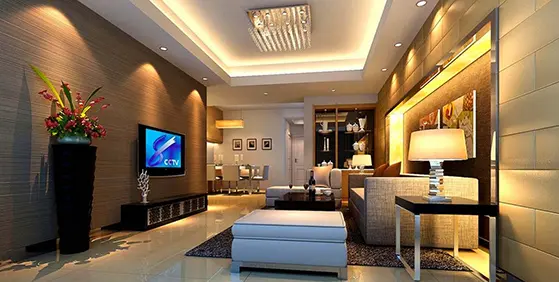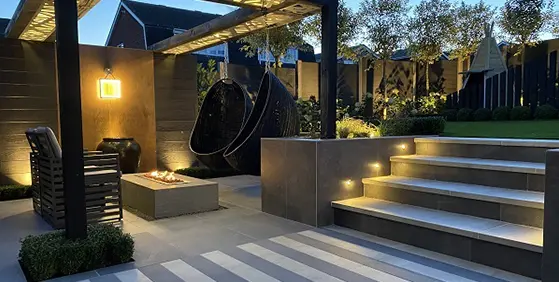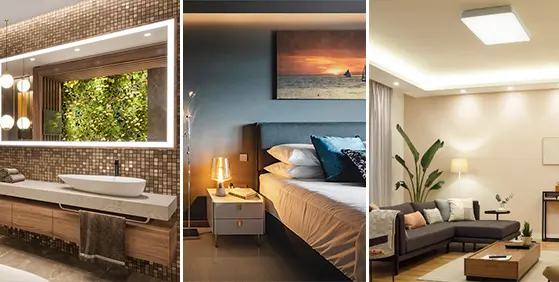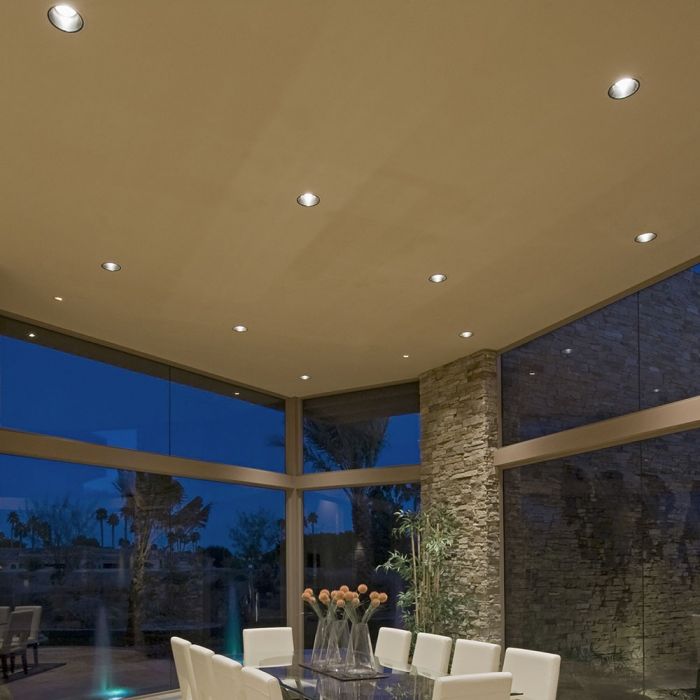The Ultimate Buying Guide for LED Downlights
What are LED downlights?
LED downlights are a staple of modern interior design. At Smart Lighting, we stock over a hundred LED downlight products so that, whatever the space, you can enjoy this popular lighting trend.
Located in or above the ceiling, mounted or recessed, this light fitting is known for its discreet appearance. With only the decorative rim and the light bulb visible, it’s ideal for those looking to effectively utilise space. Spring clips hold the LED in place and help your light fitting defy gravity. LED downlights are an economical option. Frequent light fixture replacements will be a thing of the past, and you will have the brightest, clearest light available.
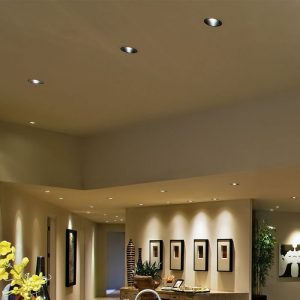
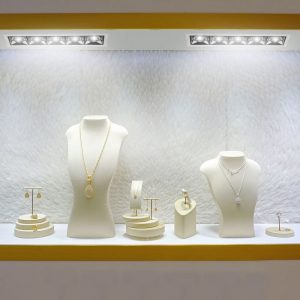
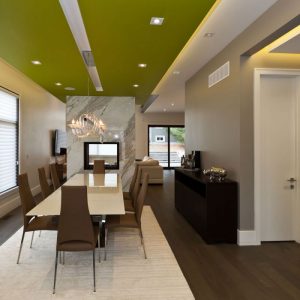
Which are the best LED downlights?
So, what downlights should I buy? There are a few things to consider when selecting your ideal LED downlights, for example, power usage, beam angle, and building regulations:
- Power usage: Know how much power your lights will use once they are installed. Look to the watts (as opposed to the voltage) for this information. Low wattage means low energy, and, when you choose wisely, your downlights can be the most cost-effective lighting option.
- Beam angle: Aside from special effects lighting, that is lighting specific objects or areas for aesthetic reasons, you should search for the widest beam angle available. This will maximise the spread of light, reducing potential dark spots between fittings and giving your room an even flush of bright light.
- Building regulations: Always consult building regulations, whether you’re building a new property or renovating an existing one. These rules vary and might include how draught-proof or efficient your downlights need to be, or even how long they protect the room above in the instance of a fire. If in doubt, install fire-rated downlights as they usually meet all of these requirements.

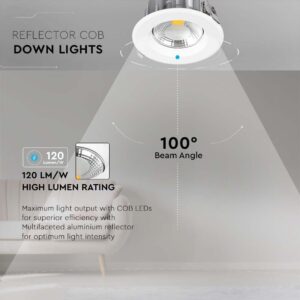
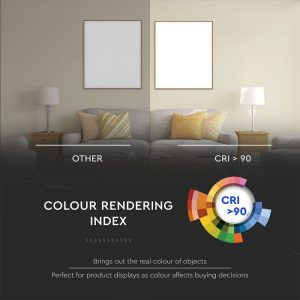
What types of LED downlights are there?
There are three broad categories of LED downlights.
Low voltage downlights
- This option is best suited to those with experience installing lights, who are able to match up wattages and transformers with confidence.
- Key advantages include longer-lasting light bulbs, a crisper, white light, and the same light output that can be achieved at a lower wattage.
- Some of the disadvantages are that they require additional equipment, including a transformer and a special type of dimmer, and it generates a lot of heat.
Mains voltage downlights
- This lighting type typically uses GU10 bulbs that can be either halogen or LED.
- Key advantages include cost-efficiency and easy installation. Mains voltage downlights don’t require additional transformers, and they provide a good quality of light with the added option of a standard dimmer.
- However, more downlights are required for the same light output when compared to low-voltage downlights and dimming LED versions can be a relatively expensive option.
Dedicated low-energy downlights
- Energy efficiency is guaranteed with these downlights which use either L1 LED or compact fluorescent bulbs.
- Advantages include guaranteed energy efficiency, a great spread of light in your room, and it may help you to meet requirements e.g. The Code for Sustainable Homes.
- Perhaps the only disadvantage of this lighting option is that, unlike a regular GU10 downlight, the fitting is not compatible with ‘high energy’ halogen bulbs.
How do you layout downlights?
The starting position for recessed downlights should be 2 feet away from the edge of your walls. This helps prevent shadows that can cause a room to appear smaller. Evenly space downlights for visual comfort and best performance. When measuring up, don’t forget that light fittings are typically larger than the bulb itself. Ultimately, trust your instinct! You will get a feel for what downlight positioning works best for your space.
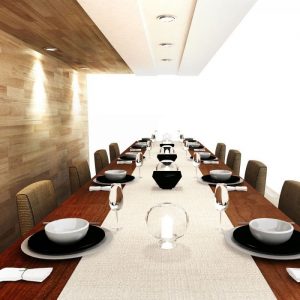
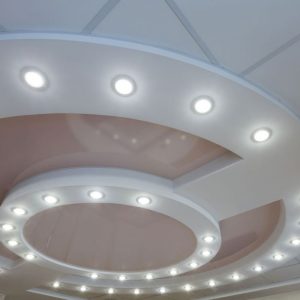
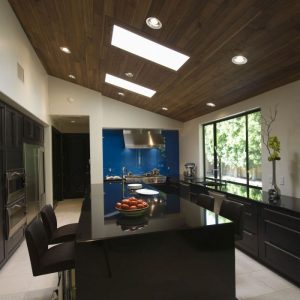
Calculate the number of LED downlights you require for a space in a few easy steps:
- Select your chosen bulb and keep information about its wattage within reach.
- Measure the square footage of your chosen room using the simple equation: width x depth.
- Multiply your answer (square footage) by 1.5 to estimate the total wattage required to effectively light your room.
- Divide your total wattage figure by the wattage of your chosen LED bulb. The resulting number is the number of downlight fixtures required.
Downlights are a popular choice for modernising kitchens. The number of downlights your kitchen requires depends on the size and height of the space, and the size of your chosen fixtures. Evenly positioned downlights ensure that your room is well-lit from above, but focused task lighting is a great add-on. Using a downlight with a narrower beam angle to spotlight an area, for example, kitchen worksurfaces, and task lighting can give your food preparation areas that extra bit of light. An IP-rated option enables you to safely include downlights in areas of your kitchen prone to contact with water.
How do you Install LED downlights?
For first-time installations, don’t attempt to save costs by doing the installation yourself. Hiring a licensed electrician is the best route in terms of electrical safety and quality of downlight performance. It also avoids the future cost of having to hire someone to correct a substandard job.
However, changing or replacing LED downlights is usually a DIY job. Newer installations are more likely to have surface sockets in the ceiling which enables you to simply unplug the existing downlight and plug the new one in. However, in some instances, the replacement process is not as easy. You will require an electrician if the downlight has been hard-wired using connectors instead of a plug – but this issue is more common in older installations.
Some LED downlights, such as Low Voltage Downlights, require a transformer. A transformer must have the capacity to run the number of lights you want to install e.g., to safely run 7 x 50w bulbs, a transformer that is able to run a minimum of 350 watts – or two transformers with at least 175 watts each – is a necessity. Mains Voltage Downlights don’t require a transformer, which enables you to sidestep the stress of matching up wattages and transformers entirely.
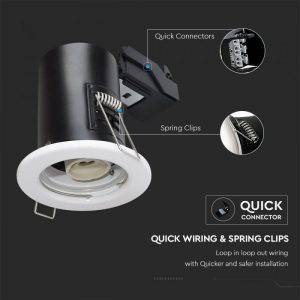
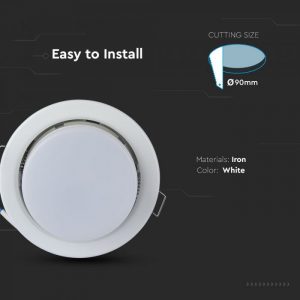
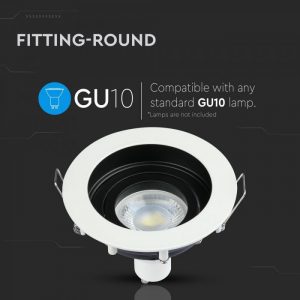
FAQs
1. What wattage is best for LED downlights?
With modern LED lighting, draw a distinction between wattage and the amount of light to expect from your bulb. Wattage refers to energy consumption and, in the golden era of halogen or fluorescent bulbs, a higher wattage was the best indicator of a brighter light. However, LED lighting is more energy efficient than these alternatives and a higher wattage no longer suggests more excellent brightness. Most LED downlights have wattage in the range of 4.5w to 14w but, here at Smart Lighting, we offer an exceptional range from 4w to 40w.
2. What is the most energy-efficient downlight?
Low-energy bulbs are sometimes associated with problems such as low light output and slow warm-up times. However, LED downlights are great for striking a balance between energy efficiency (watts) and brightness (lumens). Look no further than dedicated low-energy downlights for guaranteed energy efficiency. L1 LEDs or compact fluorescent bulbs have a very wide beam angle and produce a large amount of light, so your electricity bill will be kept to a minimum without sacrificing the spread of light in your room.
3. Which are the safest downlights?
Downlights generate heat when switched on and, given their location, this heat travels into the ceiling space. As long as you follow manufacturer instructions and safety regulations, all LED downlights are safe. Consider the presence of combustible materials such as timber near the site of installation, ensure there is adequate ventilation for safe heat dissipation, and always consult a professional where necessary. Fire-rated downlights are the failsafe option, and here at Smart Lighting, we offer 12 different fire-rated options to suit your needs
4. What size downlight do I need?
90mm sized LED downlights are very popular, which could mean a greater opportunity for money-saving deals including multi-packs. Moreover, when changing your fixtures – every 5 to 10 years –- it will be easier to replace a 90mm size.
5. What is the difference between fire-rated and non-fire-rated downlights?
Non-fire-rated downlights, also known as traditional downlights, require holes to be cut into a ceiling during installation. These holes compromise the ability of the ceiling to slow the spread of fire. Traditional downlights produce more heat than fire-rated downlights and their combination with flammable loose insulation roof cavities is potentially lethal. Fire-rated downlights are specially designed to support the ability of a ceiling to offer life-saving time. Every fire-rated downlight features an intumescent pad that expands when a certain temperature is reached, blocking the hole created for the installation.
There are two visual indicators to look for when assessing whether your existing downlights are fire-rated. One option is to remove the light and look for a sticker or label that clearly states that the light is fire-rated. Alternatively, upon removing the light, you can check whether the back is open or closed. If the back of the light is closed, it is fire-rated, but if it’s open, it isn’t.
6. Can I replace halogen downlights with LED?
Yes. Halogen downlights can be replaced with LEDs by a licensed electrician. Thereafter, you can replace the LEDs yourself.
7. Do you need fire hoods for LED downlights?
It depends. If your LED downlights are fire-rated then fire hoods are not required, but if your LED downlights are non fire-rated, you will need to have the fire hoods fitted.
8. Do LED downlights need a driver?
Yes. LED lights run on DC, as opposed to AC, power. Your LED downlights require an LED driver to turn on and operate. An LED driver processes line voltage into power suitable for your LED light and it regulates and maintains a constant amount of current.
9. Can I cover LED downlights with insulation?
It depends on the rating. Downlights marked ‘IC-F or ‘IC’ can be abutted and covered with insulation, but a rating of ‘CA’ restricts this to abutted, but not covered with, insulation.
10. Do LED downlights need heat covers?
Yes. Heat covers, alongside adequate ventilation, are required by LED downlights because these specially designed shrouds trap the heat generated by the LED.
11. Are LED downlights expensive to run?
No. Compared to a halogen downlight, LEDs are energy efficient and an economic choice.
12. Are LED downlights a fire hazard?
No. Fire-rated, enclosed, LED downlights are safe. Compared to halogen downlights, they do not produce as much heat and are less likely to cause a downlight fire. Most fires are a result of combustible materials such as insulation or roof timbers coming into contact with the heat given off by downlights.
13. How do you tell the difference between halogen and LED downlights?
You can identify whether your downlight is halogen or LED in two ways. If the downlight glows yellow or orange when turned off, it is likely an LED. You can also check the number of elements in the centre of the bulb: if there’s more than one, it’s an LED.
14. How do you make downlights airtight?
Using downlight covers, also known as downlight fire hoods.
15. How do you fix a flickering LED downlight?
Consider switching to better quality LED lights and LED dimmers, ensuring that your choices are compatible. Smart Lighting should be your first port of call.

